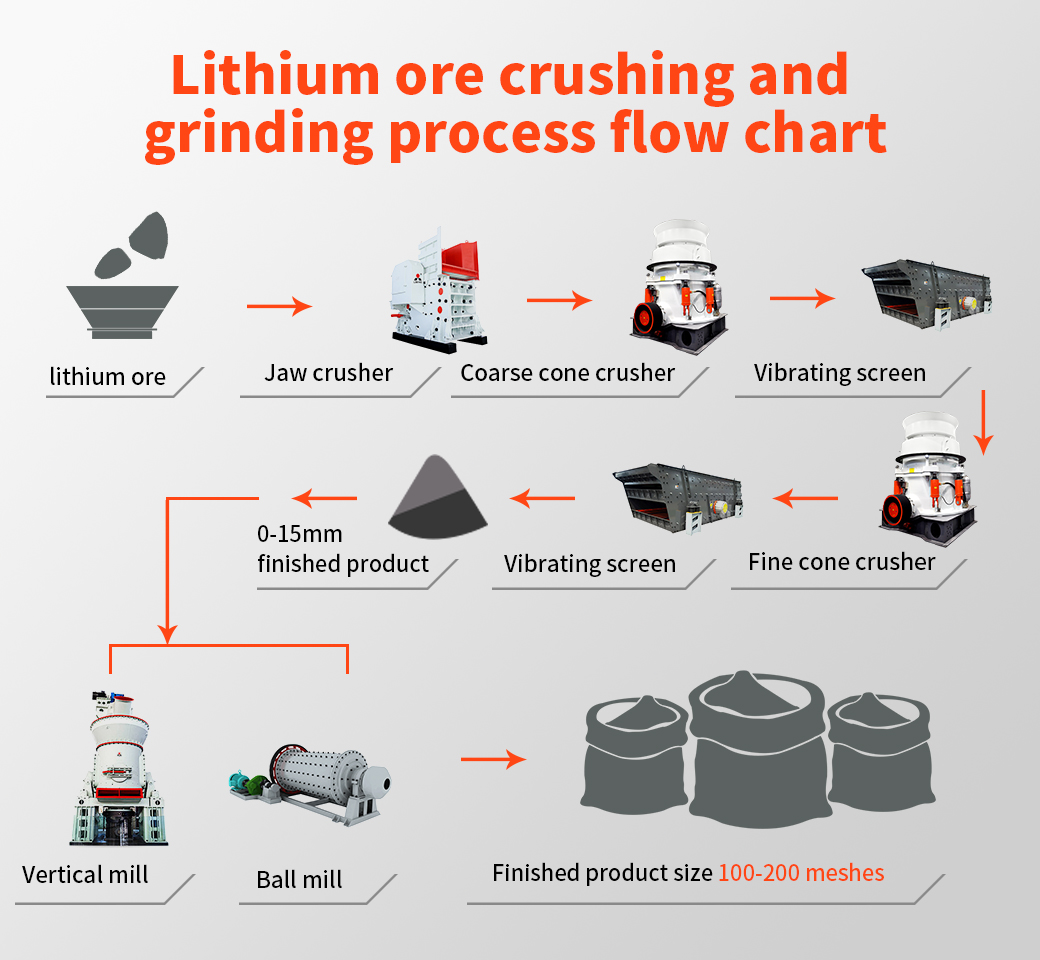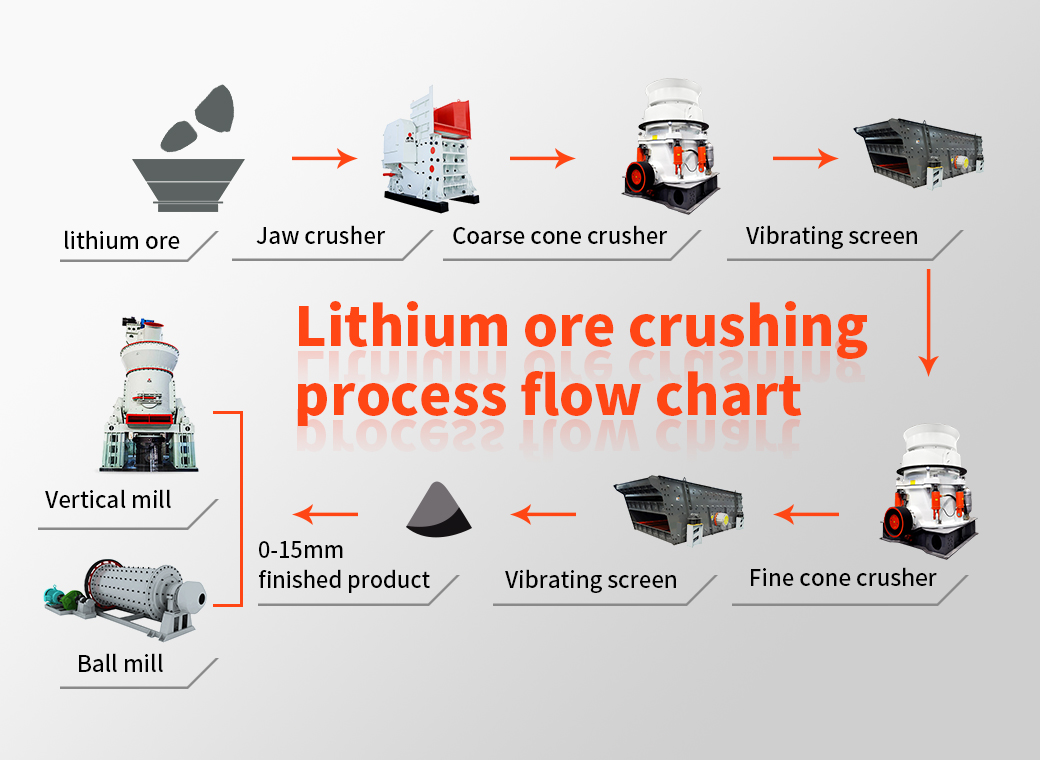Pros and Cons of Fly ash
Fly ash is a byproduct of burning coal in power plants. As with any substance, there are pros and cons to its use.
On the pro side, fly ash can be used as a substitute for Portland cement, reducing the amount of cement needed and lowering costs. Fly ash also improves the workability and durability of concrete, making it more resistant to cracking and shrinking.
Fly ash reduces greenhouse gas emissions because it requires less energy to produce than Portland cement. It also keeps waste out of landfills since it is repurposed from a byproduct into a useful material.

Pros and Cons of Fly ash
There are some cons to consider when using fly ash. One concern is that heavy metals such as arsenic and lead could leach from the material over time if not properly contained. The potential for contamination has led some countries to limit or ban its use altogether.
Another con is that while fly ash does reduce greenhouse gas emissions compared to Portland cement production, it still emits carbon dioxide during transportation and application.
While there are concerns with using fly ash as an alternative material in construction projects, its benefits cannot be ignored either. Careful consideration must be given on both sides before deciding whether or not to utilize this resource.





 Spodumene: According to the hard rock crushing process, the crushed product is generally 5-40mm, combined with different design requirements of customers, two-end or three-stage crushing, high-grade crushed products (above 4-5%) can be directly used in the metallurgical process to produce lithium carbonate Or lithium hydroxide, the particle size of the finished product is generally around 20-40mm; low-grade generally requires ball mill grinding and separation, and the particle size of the finished product is generally around 5-20mm;
Spodumene: According to the hard rock crushing process, the crushed product is generally 5-40mm, combined with different design requirements of customers, two-end or three-stage crushing, high-grade crushed products (above 4-5%) can be directly used in the metallurgical process to produce lithium carbonate Or lithium hydroxide, the particle size of the finished product is generally around 20-40mm; low-grade generally requires ball mill grinding and separation, and the particle size of the finished product is generally around 5-20mm;
